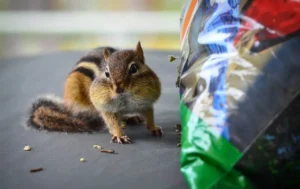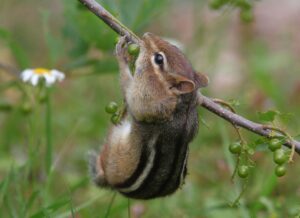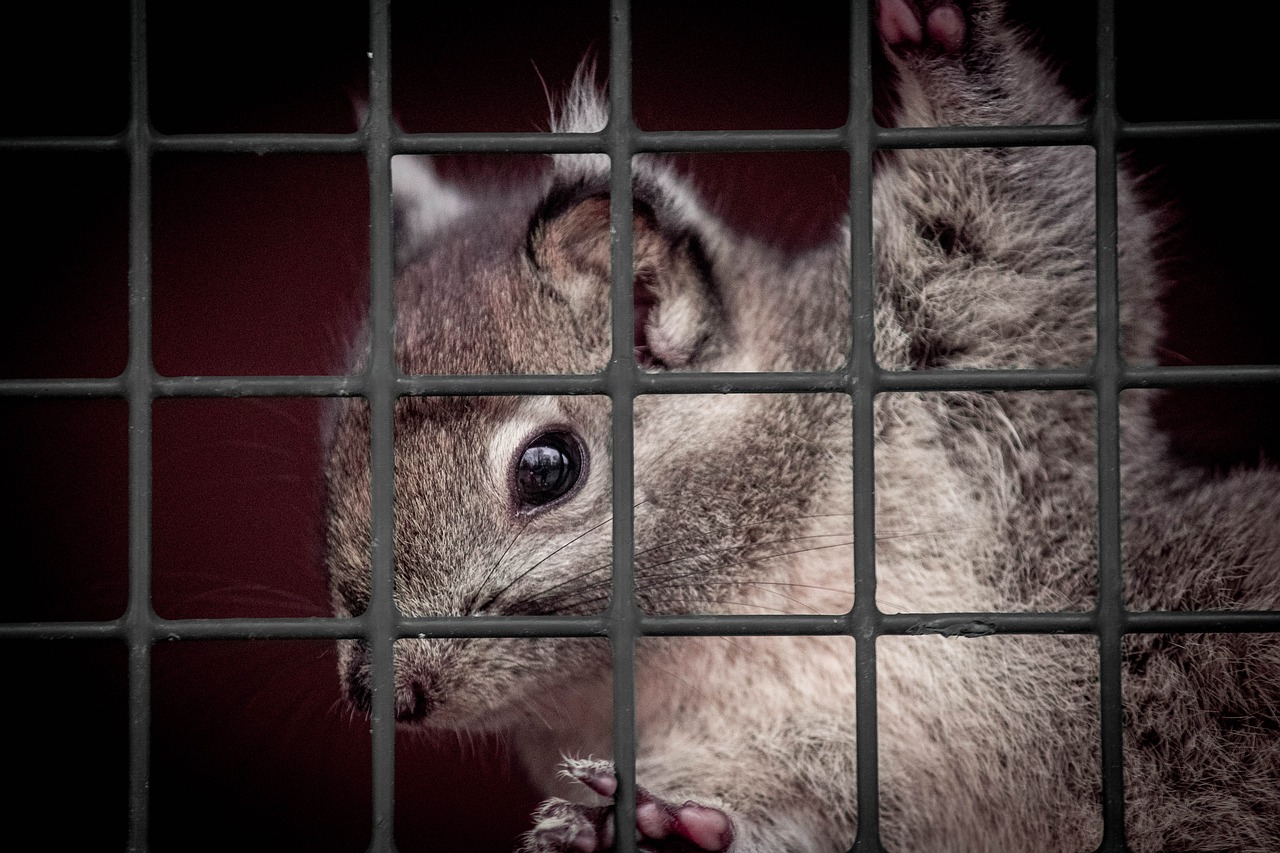Removal of chipmunks from your home is very essential. They might look charming but can cause difficulties if they get inside. Watch for symbols like munched things, mucks, or hearing them. When you’re definite they’re there, it’s vital to use gentle techniques to eliminate them without aching them. You can use traps that don’t hurt them or approaches to have them out. Regardless of how bad it is, diverse approaches might work. It’s best to get aid from experts who can ensure they’re gone carefully and create a plan to prevent them from returning, keeping you and the chipmunks harmless.
In this easy-to-follow guide, we’ll display how to spot chipmunks and some natural ways to remove them from your home.
Spotting Chipmunks
Chipmunks are minor wildlife that fit the squirrel family. They have bars on their reverses, typically black and white or brown and white. Chipmunks are around 5 to 6 inches long and have hairy tails half the size of their bodies. Their fur is a mixture of brown, gray, and white. They create tunnels concealed for their living and storing foodstuff.
Signs of Chipmunk Invasion
Discovering scattered nuts and small holes in gardens and hearing chipmunk noises are pure marks of chipmunks invading. These attractive animals create trouble and take happiness wherever they go.
Chirping Sounds: When you perceive high-pitched chirping sounds, it could mean chipmunks are near—chipmunks like to converse with each other through these noises or use them to inform about risks.
Holes in the Ground: If you realize minor holes in your yard or garden, particularly near buildings or under bushes, chipmunks might have prepared their home environment there. They dig these holes to inhabit and have babies.
Eaten Plants: Chipmunks like to eat plants, and they can cause harm to your garden. If you discover your plants, veggies, or bulbs are somewhat or fully eaten with chew marks, chipmunks may be criminals. The creatures mainly love pits, nuts, fruits, and young plants.
Shell Scatter: Chipmunks are great fans of seeds and nuts. Sometimes, you might catch hollow shells spread around your backyard or home. This is a strong symbol that chipmunks are round, collecting food for the season and keeping it in their holes.


Usual Ways to Get Rid of Chipmunks
Create a less striking place for chipmunks by removing food sources like bird feeders and pet food. Have your backyard neat and clutter-free as chipmunks like hiding spots. Close off any possible entry into your home or other structures: cover vents, chimneys, and holes in bases with mesh or hardware material. Fix any holes in window screens or doors to prevent chipmunks from entering.
Chipmunks don’t love certain smells. Planting mint, garlic, or daffodils around your property can make them absent. You can, too, scatter crumpled red pepper flakes or put ammonia-soaked rags close to their burrow openings to retain them at bay.
Catch and Release
For residential chipmunks removal in indainapolis, you can use live traps to latch them without hurting them. Put delicious bait like peanut butter or sunflower seeds inside the trap and place it near where they hang out. Check the traps frequently and set them free in woody areas far from home. Take in the Big Guns: Invite usual chipmunk predators like owls, hawks, or even cats to your backyard. Provide those spots to nest or perch so they’ll switch around and aid in controlling the chipmunk population.
Staying Safe


When dealing with chipmunks, care comes first. Wear gloves when using traps or something they might have touched, as they can bring illnesses like leptospirosis and tularemia. Have kids and pets away from trap areas, and be alert when freeing trapped chipmunks to escape bites or cuts.
Conclusion
In summary, securely dealing with chipmunks at home requires being alert and kind. Wear gloves when handling traps or resources they’ve touched, as they can bring diseases. Have kids and pets absent from setup areas and be alert when letting go of trapped chipmunks to escape getting bitten off or injured. Using usual approaches like shifting their home, closing access points, and using live traps can aid in managing chipmunk inhabitants without harming them. Continuously respect animals and request aid from professionals if wanted. You can relish a chipmunk-free home with tolerance and true technique while quietly appreciating these pretty creatures in their usual atmosphere.

